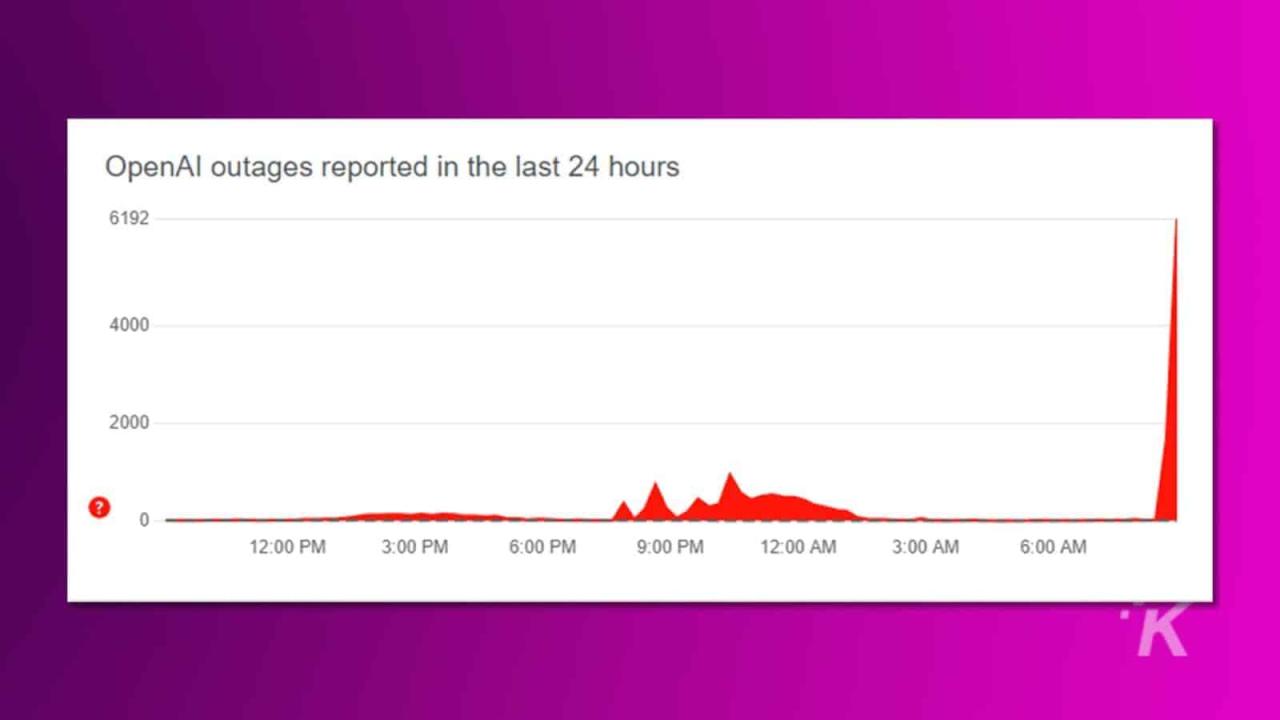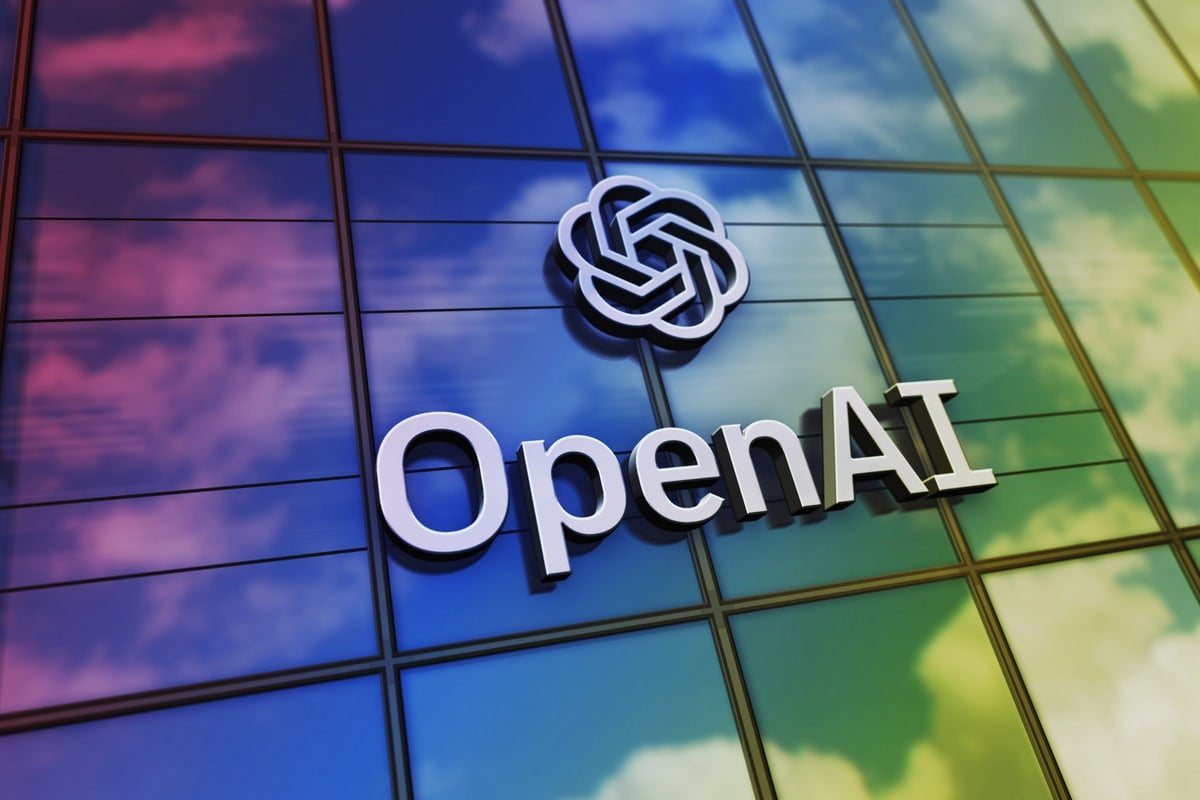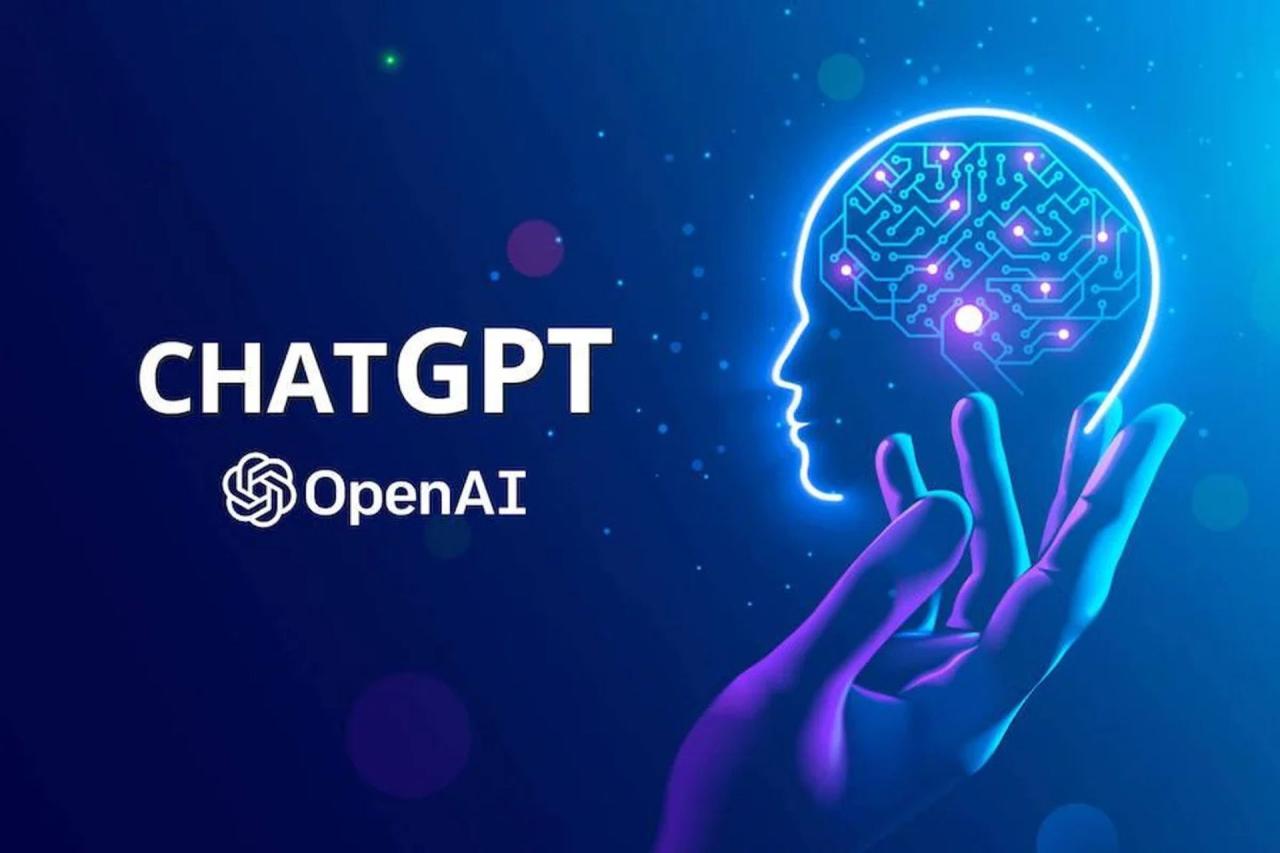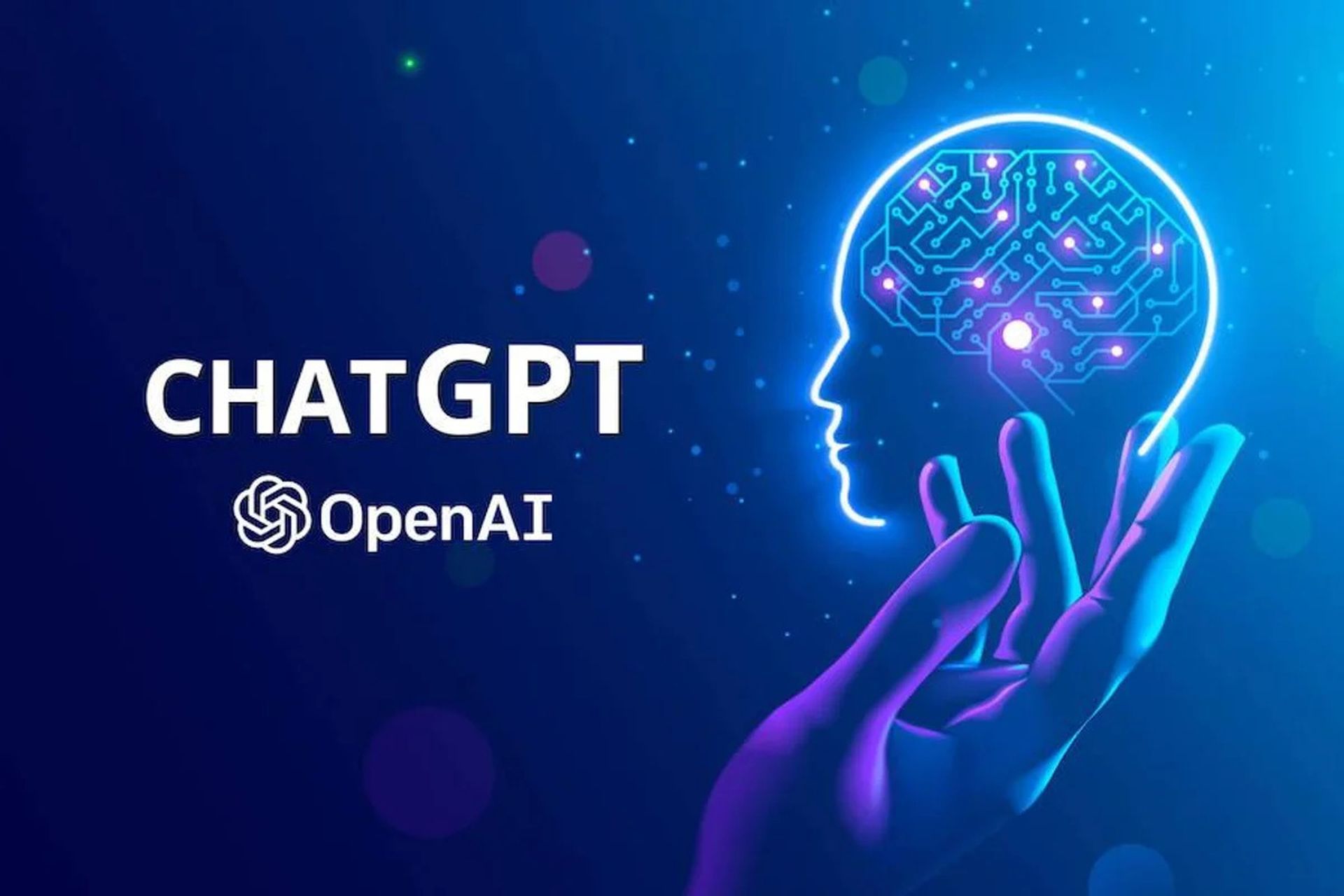Open ai status – OpenAI status is a dynamic landscape, constantly evolving with new model releases, API updates, and research breakthroughs. This overview delves into OpenAI’s current operational health, model performance, API accessibility, and public perception. We’ll explore recent news, community feedback, and ongoing research initiatives, painting a picture of this influential AI company’s trajectory.
Understanding OpenAI’s status is crucial for anyone using its services or following advancements in the field of artificial intelligence. From the availability of popular models like GPT-3 and DALL-E to the intricacies of its API and the ongoing research pushing the boundaries of AI capabilities, this report provides a clear and concise summary of the current situation.
OpenAI’s Current Operational Status

OpenAI generally maintains a high level of service uptime. However, like any large-scale online service, occasional disruptions can occur. This section details the current operational status, recent outages, and ongoing maintenance.
Service Uptime and Outages, Open ai status
OpenAI typically publishes service status updates on its website or through official communication channels. While precise uptime percentages aren’t consistently publicized, reports of widespread outages are infrequent. Minor, localized issues might occur, impacting a subset of users, but these are usually resolved quickly.
Ongoing Maintenance Activities
Planned maintenance activities are usually announced in advance, giving users ample notice. These activities might involve temporary service interruptions or limitations on certain features. OpenAI typically communicates the scope and duration of these activities transparently.
Recent Service Disruptions and Resolutions
Specific details of past service disruptions are often documented internally and may not be publicly available in a comprehensive manner. However, OpenAI generally aims to provide updates and explanations when significant incidents occur, outlining the root cause and steps taken to prevent recurrence.
Infrastructure Capacity and Scalability
OpenAI invests heavily in robust infrastructure to handle the growing demand for its services. The exact details of its infrastructure capacity and scalability are proprietary information, but the company’s continued expansion and model improvements suggest a significant and adaptable infrastructure.
OpenAI Model Availability and Performance
OpenAI offers a range of models, each with its strengths and weaknesses. This section explores the availability and performance of these models, along with future development plans.
Availability of OpenAI Models
Models like GPT-3, DALL-E, and others are generally available through the OpenAI API, with access often dependent on API usage tiers and waiting lists. The specific availability of each model may vary based on demand and ongoing development.
OpenAI’s status is constantly evolving, impacting various sectors. For example, consider the implications for drone delivery systems; understanding the regulations is crucial. Check out the specifics on canada drone laws under 250g to see how legislation affects potential AI-driven applications. Ultimately, OpenAI’s advancements will continue to interact with existing legal frameworks like these drone regulations.
Performance Metrics Comparison
Different OpenAI models excel in different tasks. For instance, GPT-3 models are known for their text generation capabilities, while DALL-E excels in image generation. Performance metrics such as perplexity (for language models) or image fidelity (for image generation models) are often used for internal comparisons, but detailed public benchmarks are limited.
Limitations and Known Issues
All AI models have limitations. OpenAI models may sometimes generate inaccurate, biased, or nonsensical outputs. These limitations are actively researched and addressed through ongoing model improvements and safety measures. OpenAI often publishes updates about known issues and ongoing work to mitigate them.
OpenAI’s status is constantly evolving, with new models and features regularly emerging. If you’re thinking about using AI for drone photography, a key decision is figuring out which DJI drone to buy; check out this helpful guide which DJI drone to buy to make the right choice for your needs. Ultimately, both OpenAI’s progress and your drone selection will shape the quality of your AI-powered aerial imagery.
Roadmap for Future Model Releases and Improvements
OpenAI’s roadmap focuses on improving model capabilities, addressing limitations, and enhancing safety. This includes research into more efficient, powerful, and reliable models, along with advancements in areas such as reasoning and common sense. Specific timelines for future releases are typically not publicly disclosed.
OpenAI API Status and Usage
The OpenAI API provides programmatic access to OpenAI’s models. This section examines the API’s current status, usage statistics, and potential applications.
API Status, Rate Limits, and Access Restrictions

The OpenAI API generally enjoys high availability. Rate limits are in place to manage demand and prevent abuse. Access may also be subject to certain restrictions, such as waiting lists for new users or limitations on usage based on the chosen pricing tier. These limitations are regularly reviewed and adjusted.
API Usage Statistics
Precise API usage statistics are often kept confidential by OpenAI for business reasons. However, the company occasionally releases aggregated data or trends to illustrate the growth and adoption of its API.
Recent API Updates and Changes
OpenAI regularly updates its API with new features, improved models, and bug fixes. These updates are usually documented in release notes or API documentation. These updates often improve performance, add functionality, or enhance safety features.
Hypothetical API Usage Scenario
Imagine a developer building a chatbot for customer service. The OpenAI API could power the conversational capabilities of this chatbot. However, limitations such as rate limits might require careful management of API calls, especially during peak usage times. Handling unexpected inputs and ensuring the chatbot responds appropriately would also be crucial.
OpenAI’s Public Announcements and News
OpenAI regularly communicates with the public through press releases, blog posts, and other channels. This section summarizes recent communications.
Chronological Timeline of Public Announcements
OpenAI’s announcements often focus on new model releases, partnerships, research publications, and funding rounds. A detailed chronological timeline would require accessing their official website and news archives. Generally, these announcements are released via press releases or blog posts on their official website.
Summary of Key Announcements

Key announcements frequently highlight significant technological advancements, collaborations with other organizations, and milestones achieved in research and development. The specific announcements vary depending on the time period under consideration.
Tone and Messaging in Public Communications
OpenAI’s public communication generally aims to be informative and transparent, while also emphasizing the potential benefits and ethical considerations of its technology. The specific tone may vary depending on the context of the announcement.
Evolution of OpenAI’s Public Image
OpenAI’s public image has evolved from a research-focused organization to a prominent player in the AI industry. This evolution reflects its growth, increased impact, and growing awareness of the societal implications of its technology.
OpenAI’s status is constantly evolving, with new models and features popping up regularly. Thinking about the implications of AI on other tech sectors, it’s interesting to consider how AI might impact drone technology, especially companies like dji canada , and their future development. Ultimately, OpenAI’s progress will likely influence many industries, including the advancement of drone technology and its applications.
Community Perception and Feedback on OpenAI
Public perception of OpenAI is diverse, reflecting the complex nature of its technology and its potential impacts.
Common Themes and Sentiments in Online Discussions
Online discussions about OpenAI often cover topics such as the capabilities and limitations of its models, ethical concerns related to AI safety and bias, and the potential societal impact of its technology. The overall sentiment is often mixed, with both positive and negative views expressed.
Comparison of Different Perspectives
Different perspectives exist on OpenAI’s role in the AI landscape. Some view OpenAI as a leader in responsible AI development, while others express concerns about the potential misuse of its technology. These diverse viewpoints often stem from different ethical frameworks and perspectives on the future of AI.
Examples of Positive and Negative User Experiences
Positive experiences often involve users successfully leveraging OpenAI’s models for creative tasks or problem-solving. Negative experiences may include instances of unexpected model behavior, biased outputs, or difficulties in accessing or using OpenAI’s services.
Table of Community Feedback
| Sentiment | Source | Description |
|---|---|---|
| Positive | User praised DALL-E 2 for its impressive image generation capabilities. | |
| Negative | A user reported encountering biased outputs from a GPT-3 model. | |
| Neutral | News Article | An article discussed the potential benefits and risks of OpenAI’s technology. |
| Positive | Blog Post | A developer showcased a successful application using the OpenAI API. |
| Negative | Forum | Users complained about API rate limits impacting their workflow. |
OpenAI’s Research and Development Activities: Open Ai Status
OpenAI’s research focuses on advancing AI capabilities while addressing potential risks.
Current Research Priorities and Focus Areas
OpenAI’s research priorities include developing more powerful and efficient AI models, improving the safety and reliability of AI systems, and exploring the broader societal implications of AI. Specific focus areas may include areas like reinforcement learning, large language models, and AI safety.
Recently Published Research Papers and Findings
OpenAI regularly publishes research papers on its website and in academic journals. These papers cover a range of topics, including model architectures, training methods, and safety research. Specific papers and findings vary over time.
Technological Advancements Driving Innovations

Advancements in areas such as deep learning, transformer networks, and reinforcement learning are crucial to OpenAI’s innovations. These advancements allow for the creation of increasingly powerful and sophisticated AI models.
Visual Representation of Interconnected Research Projects
Imagine a network graph. At the center is “Foundation Models,” connecting to several nodes representing key research areas such as “Safety,” “Efficiency,” “Scalability,” and “Applications.” Each of these nodes then branches out to more specific projects, illustrating the interconnectedness of OpenAI’s research efforts. This interconnectedness fosters synergies and accelerates progress across different research directions.
Last Recap
OpenAI’s journey is one of continuous innovation and adaptation. While challenges exist, the company’s commitment to pushing the boundaries of AI, coupled with a responsive approach to community feedback, suggests a bright future. Staying informed about OpenAI’s status is vital for developers, researchers, and anyone interested in the future of artificial intelligence. The information presented here offers a snapshot of the current state of affairs, providing a foundation for understanding the ongoing evolution of this powerful technology.
Query Resolution
What is OpenAI’s current pricing model?
OpenAI’s pricing varies depending on the model and API usage. Check their official website for the most up-to-date pricing information.
How can I report a problem with an OpenAI model or API?
OpenAI typically provides support channels through their website and documentation. Look for their support pages for instructions on reporting issues.
What ethical considerations are associated with OpenAI’s technology?
Ethical concerns surrounding AI bias, misuse, and potential societal impact are actively discussed. OpenAI addresses these issues through research and community engagement.
Is OpenAI open-source?
While OpenAI releases some research publicly, many of their core models and APIs are proprietary.
